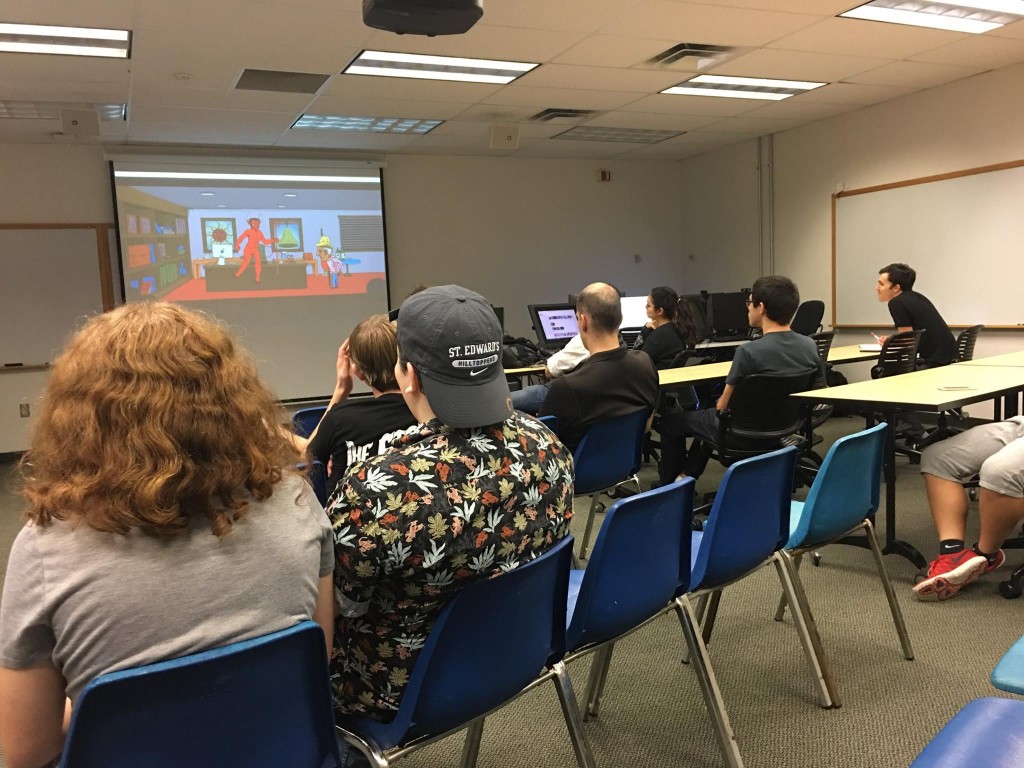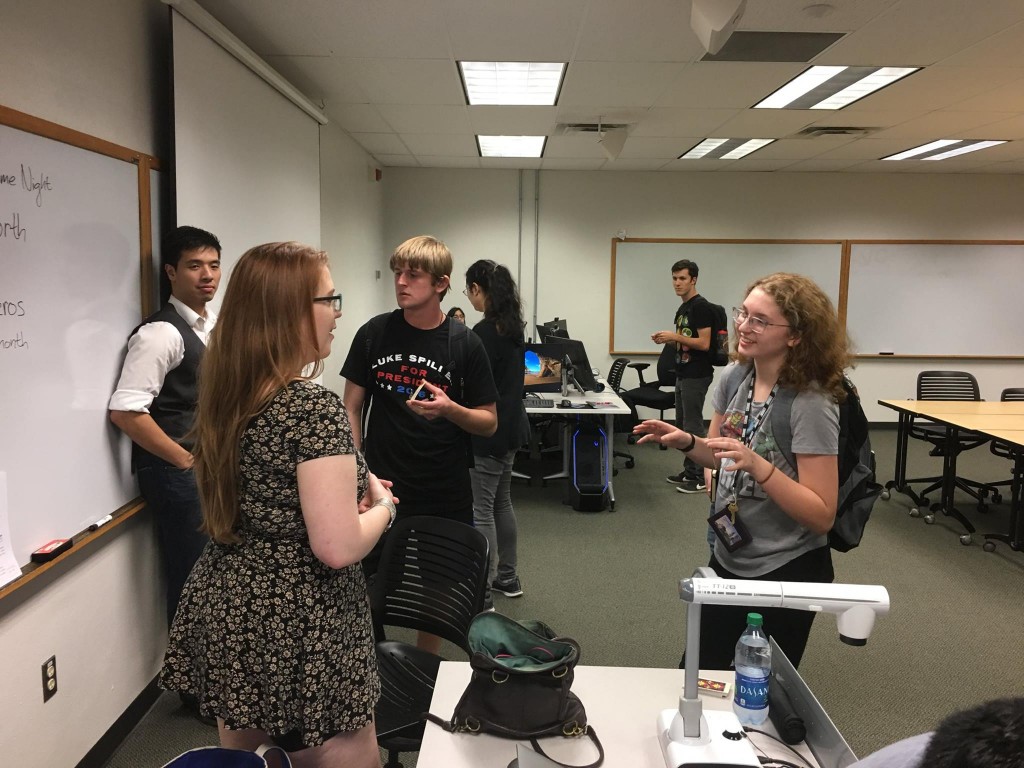Hello!
I will now discuss each dimension of the GDES Studio I midterm rubric.
expert hours
This is one of those classes where the more you put in, the more you get out of it. Unfortunately, my one big struggle has been not being able to spend as much time on the assignments as I’d like to. You’ve likely noticed I only created seven symbols, not nine. I’m not really proud of this, but it’s what I felt I had to do to stay on-track in the course.
Still, despite this, I think I’ve been fairly diligent about putting in regular work towards this class’ assignments, even if I’m not able to achieve as much as I wish to. And I believe diligence is what determines each level of this section of the rubric. I think top-tier is putting in work both during each class and between each class. Mid-tier is putting the work in eventually, but misusing opportunities like in-class work time. And bottom-tier would just be putting in little to no time and effort. Since I’ve done my best to do what work I can between each class, and I always take full advantage of in-class work time, I would place myself on the top tier.
sophistication of my work
IMHO, top-tier would be someone who has well-thought out, cohesive, and complex ideas, and demonstrates this in their work. Mid-tier would be someone who may have some big ideas, but doesn’t really follow through. Bottom-tier would be someone who doesn’t really think critically about their work and their process, and it shows. I think I fall into the middle tier. Although I had big ideas, my designs tended to be very simple, and I was continuously frustrated with my inability to properly express my ideas and thus develop them further.
I’m neither a skilled artist or an experienced graphic designer. This is my first semester in the GDES minor. A lot of what I’m doing in this class is more along the lines of ‘grasping the basics’ than ‘sophisticated’. But although it’s frustrating, I also don’t think I should be expecting to do more than I can. I need to acknowledge the progress I have made, and that already, things would be easier if I could go back and redo the assignment with the experience I have now.
feedback
The top-tier for this criterion would be someone who listens to feedback and can use it to improve their work, but also knows when not to. They don’t listen blindly to everything other people tell them. They can still make decisions for themselves about their work and if the feedback is applicable. I would consider mid-tier to be someone who listens to feedback either too little or a little bit too much, and doesn’t consider that feedback with critical thought. Bottom-tier would be someone who refuses to or cannot accept criticism.
I would definitely consider myself top-tier in this category. Feedback has been one of the most valuable parts of this class to me. I value the opinion and skills of the people around me, so I listen hard to what they have to say about my work and try to use it to improve my work, when applicable.

This was my symbol for the word ‘connection’. It started out way too simple (left), but after receiving feedback on it, I was able to make it a bit more visually interesting (right).
challenge
The lowest tier of challenge would be someone who doesn’t even bother completing the assignments properly. Mid-tier would be someone who follows the instructions and requirements for the assignments, but doesn’t do much more. Top tier is someone who does the assignments, and then some. They push themselves to make it into an extra challenge for themselves. I witnessed classmates who would come in having made many different symbols for a single word, trying to decide on just one – I would absolutely consider this to be ‘challenging yourself’.
Regarding myself, I would put myself at mid-tier. I’m doing what I need to be doing to be learning and growing, but I’m certainly not going above and beyond. Though I wanted to push myself, my low skill level and lack of time made this difficult, and several times I found myself stepping back and saying “this is the best I can do for now.” oh, the woes of trying to live a balanced life!
other expert experiences
My first reaction to this criteria was to include other design work I’ve done. However, I get the feeling that this is supposed to mean only graphic design work, so that’s all I’ll consider for this assessment. I’d consider the top tier of this area to be applying my graphic design skills both in class and to things completely unrelated to the class. Unfortunately, I can’t really say I’ve done that. The opportunity hasn’t fallen into my lap, and I haven’t gone and sought it out. I have been completing and engaging with the classwork, though, which I would consider to be mid-level. The bottom tier would be not doing much of anything involving graphic design.
social emotional development
The bottom-tier of this category might be someone who displays some or all of the following traits: disruptive, apathetic, rude, malicious, unconstructive, despondent. Mid-tier might be someone who displays one or a few of those traits, yet still makes a genuine effort to participate positively in the class. Top-tier would be someone who, if they do display any of these traits, is able to examine their own behavior and seek to amend it.
It feels a little arrogant to say I’m mature (top-tier), but I do feel I am, if only because I’m a senior. I’ve learned by now the consequences of not taking a class seriously. I don’t blame my academic shortcomings on anyone but myself. For the most part, I’m able to keep calm and keep going when things don’t turn out how I want them to, or when I don’t get as much done as I want to. And I don’t freak out when my work gets critiqued! I think those who are ‘immature’ would do otherwise.
contribution to the classroom climate
Personally, I enjoy the classroom climate! I consider the mark of a good classroom climate to be one where people feel comfortable speaking up and/or asking others for help, and I at least definitely feel that way. I’d hope that my classmates do, as well. Anyways… in terms of the different tiers, I’m approaching it from the perspective of one student’s feelings towards another. I think that a top-tier contributor to the climate is someone friendly, open, and knowledgeable enough that others feel comfortable coming to them for help and advice. Mid-tier is to me someone who you might admire in some way, but are a little scared to talk to (maybe they seem intimidating, judgmental, they almost never speak, etc.). It could also be someone who you like talking to, but who isn’t very helpful when it comes to classwork. Bottom-tier is someone who you either don’t like, doesn’t like you, or who isn’t even on your radar.
When I’m impressed by a peer’s work, I try to let them know instead of keeping it to myself. My hope is also that, being from a different major, I bring a new perspective to the class in a relatively friendly-seeming way. I dunno how well that comes across, though. I’ve had terrible social anxiety my whole life (could you tell?), and I absolutely do keep to myself sometimes. It’s really difficult to judge oneself on this criterion. I’d like to be top-tier, but I get the feeling I’m more mid-tier instead. If only I could view myself from the outside…
conclusion
I think that’s everything I have to say. I also made a big ol’ illustrator file with most of the work from this project that I’ve saved in it, if you’d like to take a look.


